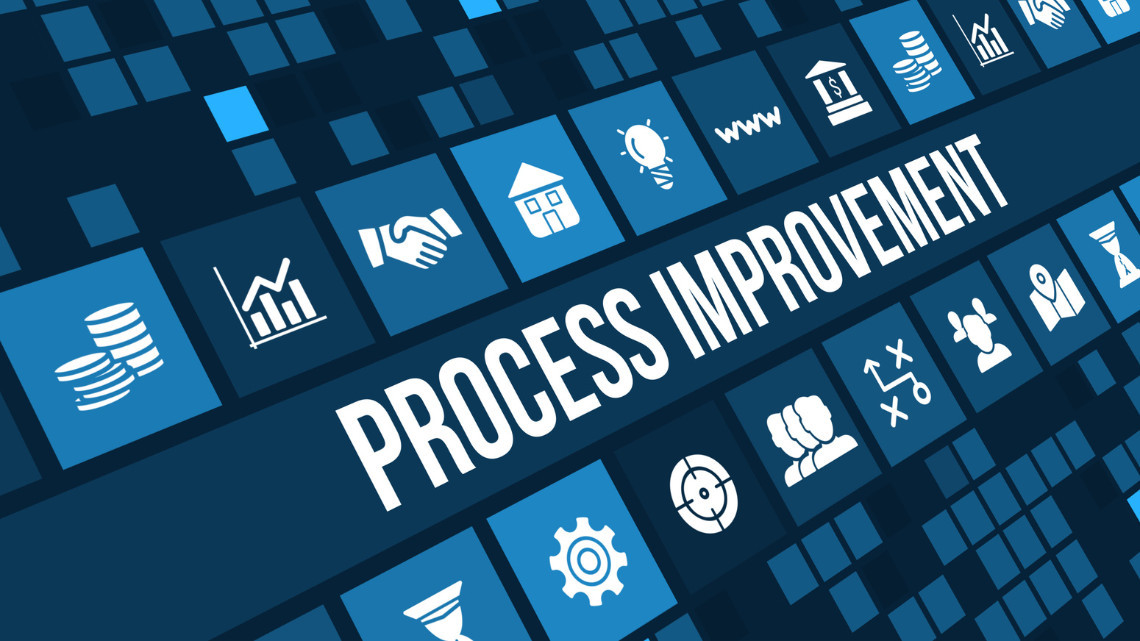
In the fast-paced and ever-evolving landscape of business, the pursuit of success requires a strategic and forward-thinking approach. One key differentiator among businesses is their commitment to process improvement initiatives. Companies that actively engage in refining and optimizing their processes often find themselves at a distinct advantage compared to those that neglect this crucial aspect. In this thought leadership piece, we delve into the profound differences between businesses that proactively embrace process improvement initiatives and those that lag behind in this critical area.
The Proactive Pursuit of Excellence
Businesses that prioritize process improvement initiatives demonstrate a commitment to excellence. They recognize that efficiency is not a static goal but an ongoing journey. By proac- tively seeking ways to enhance their processes, these organizations position themselves as industry leaders with a competitive edge. This commitment to excellence often permeates every aspect of the business, fostering a culture of continuous improvement.
Agility in the Face of Change
One of the defining characteristics of businesses with a focus on process improvement is their agility in adapting to change. In today’s dynamic business environment, change is inevitable, whether driven by technological advancements, market shifts or global events. Companies that have established a framework for continuous process improvement are better equipped to navigate these changes seamlessly.
When a business prioritizes process improvement, it becomes inherently flexible and responsive. This agility allows for swift adjustments to operational strategies, ensuring that the company can capitalize on emerging opportunities and mitigate potential risks. In contrast, businesses that resist process improvement find themselves grappling with inflexible structures that hinder adaptability and impede their ability to thrive in a rapidly changing landscape.
Enhanced Operational Efficiency
At the core of process improvement initiatives lies the quest for enhanced operational efficiency. Businesses that invest time and resources in streamlining their processes witness significant improvements in productivity and resource utilization. This, in turn, translates into cost savings and heightened competitiveness.
Process-driven organizations meticulously analyze workflows, identify bottlenecks and implement solu- tions to streamline operations. This not only results in time savings but also minimizes errors and enhances overall quality. In contrast, businesses that neglect process improvement may find themselves stuck in outdated and inefficient operational models, leading to increased costs, lower productivity and a diminished ability to meet customer expectations.
Customer-Centric Approach
Customer satisfaction is the lifeblood of any successful business. Companies that prioritize process improvement often adopt a customer-centric approach that permeates all levels of the organization. By continuously refining processes with the customer in mind, these businesses create a seamless and positive experience for their clients.
From streamlined order processing to responsive customer support, the impact of process improvement on customer satisfaction is profound. Conversely, businesses that fail to embrace process improvement may struggle to meet customer expectations, leading to dissatisfaction, loss of loyalty, and ultimately, a decline in market share.
Innovation as a Byproduct
Process improvement and innovation are intricately linked. Businesses that actively seek to improve their processes foster a culture of innovation within their teams. Employees in such organizations are encouraged to think creatively, identify opportunities for improvement and contribute to a culture of continuous learning.
Innovative solutions often emerge organically from the process improvement journey. Whether through the adoption of new technologies, the implementation of novel methodologies or the introduction of groundbreaking practices, businesses committed to process improvement find themselves at the forefront of in- novation in their respective industries. On the flip side, businesses resistant to change may stagnate, missing out on opportunities to innovate and falling behind their more dynamic competitors.
The Bottom Line: Thriving vs. Surviving
Ultimately, the differences between businesses that embrace process improvement initiatives and those that do not boil down to their ability not just to survive but to thrive in a competitive landscape. While the former are constantly evolving, adapting and innovating, the latter may find themselves struggling to keep up, facing challenges that could have been preemptively addressed through a proactive approach to process improvement.
In conclusion, the pursuit of success in business is a multifaceted journey, and one of the critical pathways to sustained excellence is through a commitment to process improvement initiatives. The impact is far-reaching, influencing everything from operational efficiency and customer satisfaction to innovation and adaptability. As businesses continue to navigate an ever-changing landscape, the question is not whether to engage in process improvement but rather how quickly and effectively they can integrate it into their DNA, propelling themselves towards unparalleled success.
By Brittany Parks; originally published in SBAM’s March/April 2024 issue of FOCUS magazine
Click here for more News & Resources.